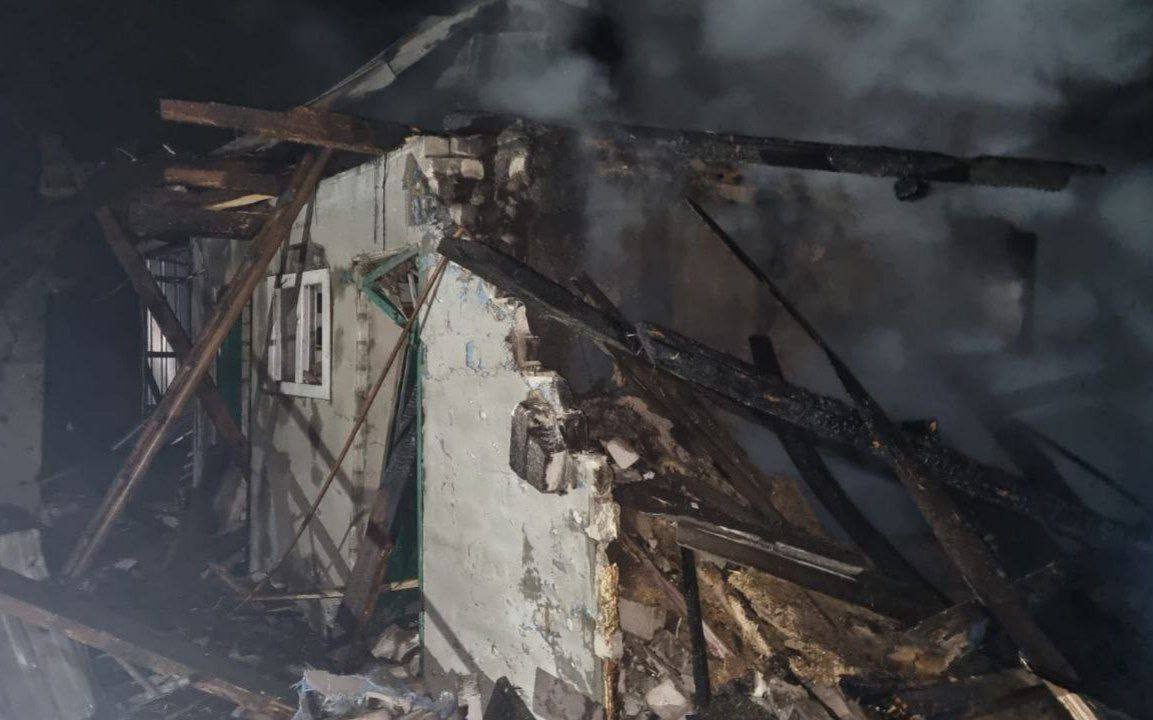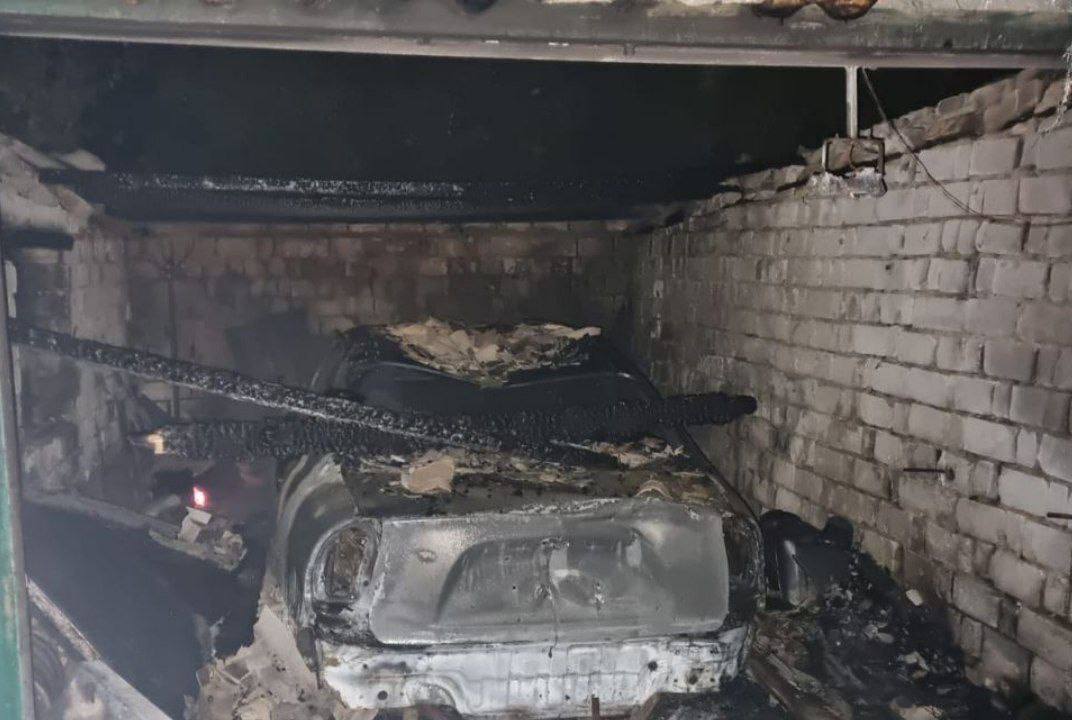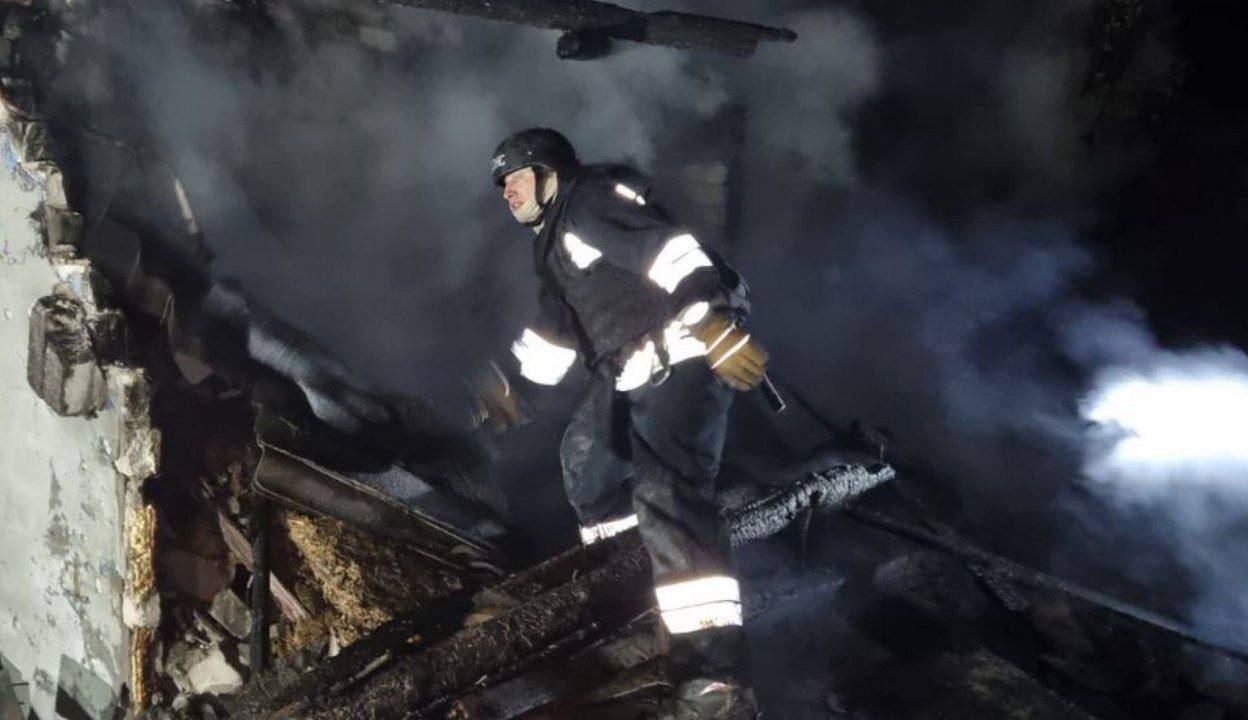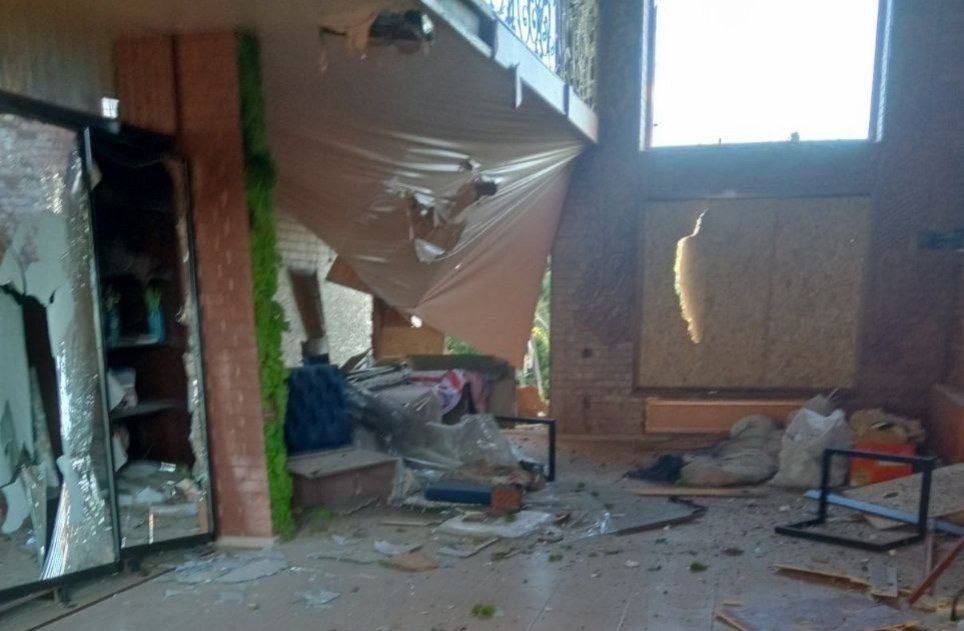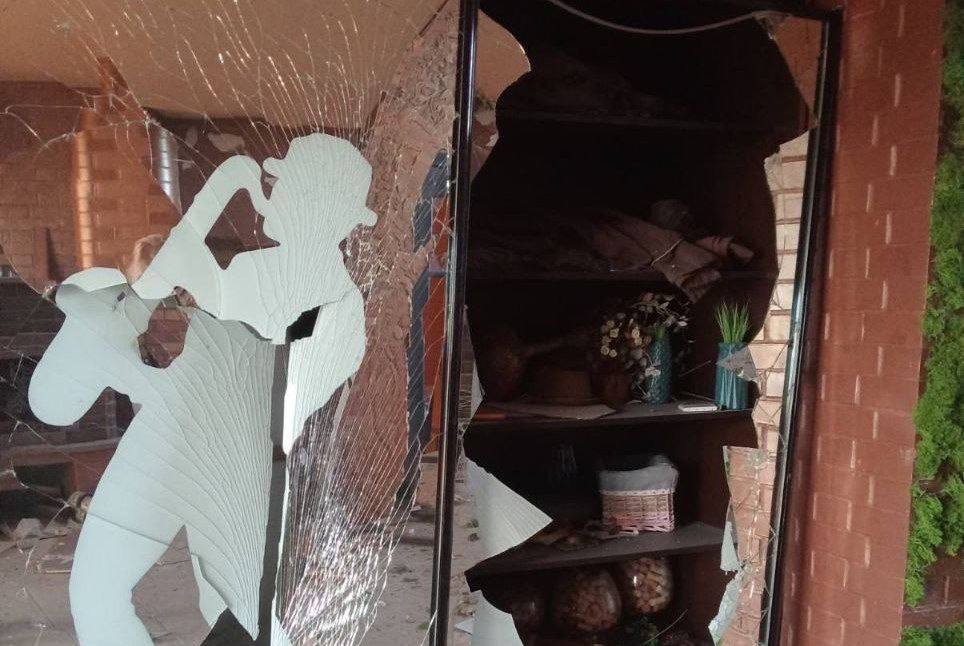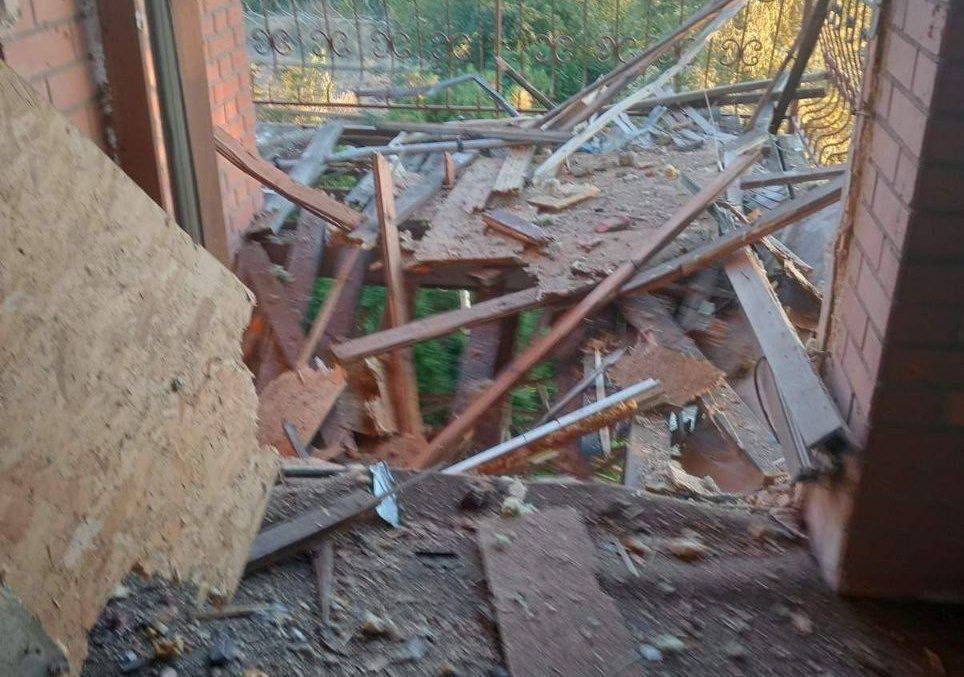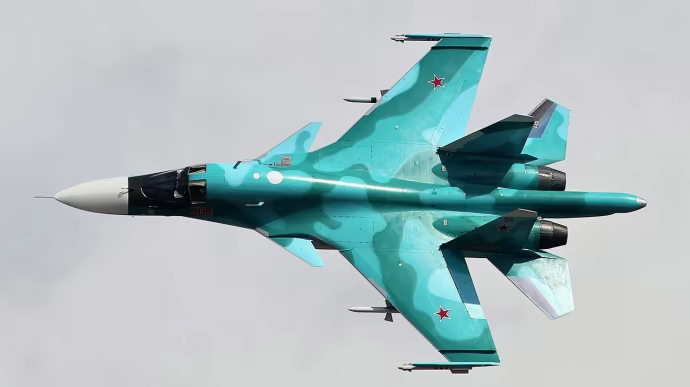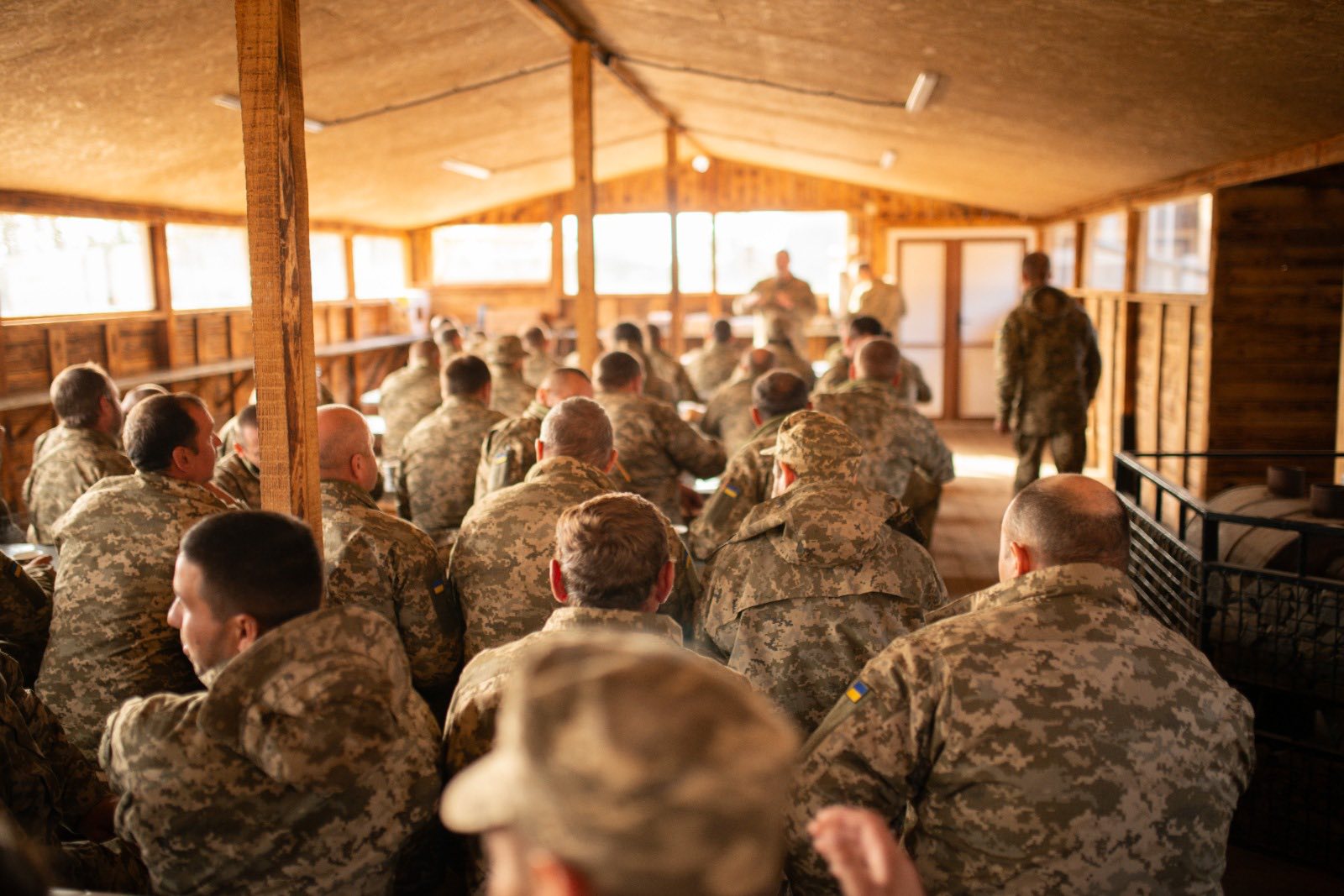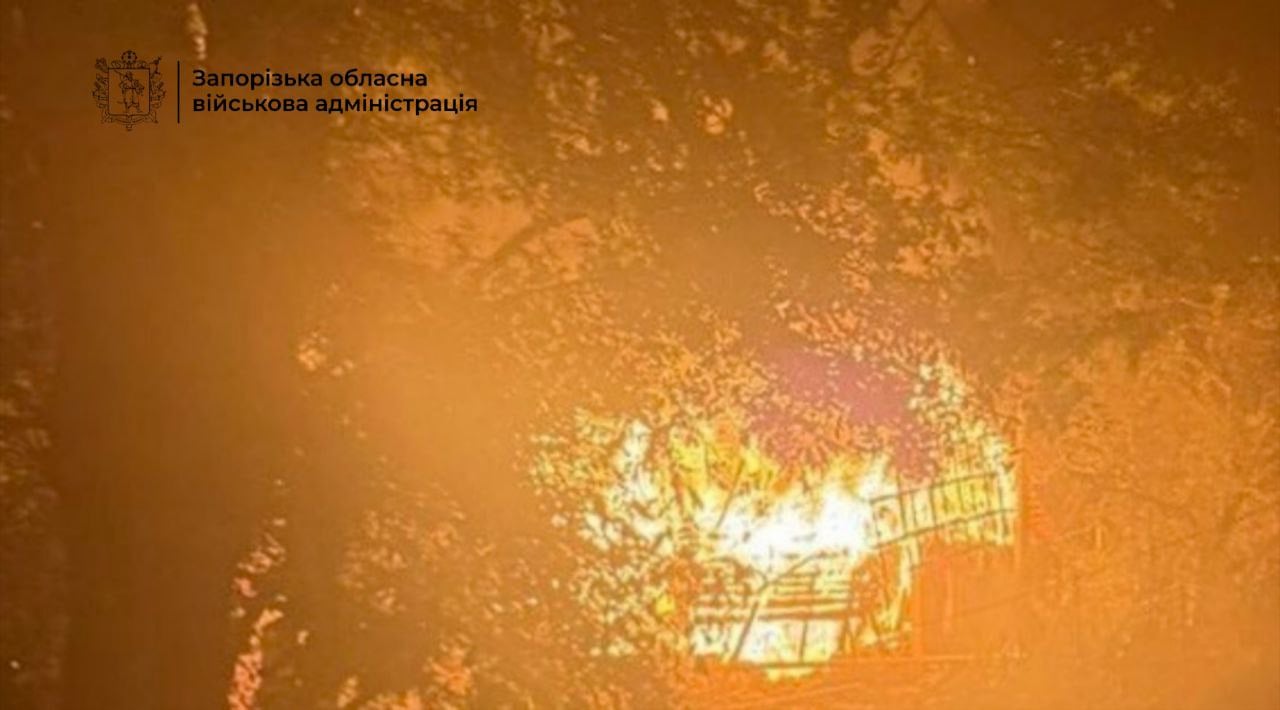Airborne Russian attack kills three civilians, injured four in Zaporizhzhia
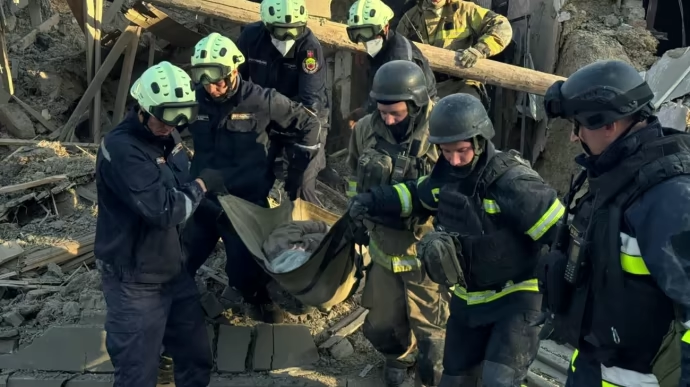
Russian forces dropped at least 10 guided aerial bombs on the southeastern city of Zaporizhzhia early on Sept. 22, striking residential areas and industrial sites, local authorities said.
The barrage, which began around 4:30 a.m., killed three civilians, two of whom were women aged 40 and a 79 and a 77-year-old man. Four others were injured, including a 17-year-old boy and a 20-year-old man, according to the State Emergency Service. One victim remains in serious condition.
The strikes destroyed a single-family home, damaged nearby buildings and set fires across multiple sites. Rescue crews battled flames in a two-story building and extinguished blazes that engulfed five passenger vehicles. Photos released by authorities showed charred vehicles and collapsed walls. Zaporizhzhia regional governor Ivan Fedorov said at least three districts of the city were hit. “They deliberately attacked civilian infrastructure and industry,” he said. Emergency crews, including psychologists and bomb technicians, worked through the morning to recover victims and search for explosives.
SOURCESymbolic number of the Day
Russia’s covert fleet swells to 17 percent of world’s oil tankers. Russia has reportedly increased its so-called shadow fleet of aging oil tankers to skirt Western sanctions that now account for about 17 percent of all active crude carriers worldwide, The Washington Post reported, citing data from S&P Global Market Intelligence.
Done quietly the covert fleet, which reached 940 ships at the start of 2025, has grown by 45 percent in a year. These tankers typically operate under obscure ownership structures, sail under third-party flags and often lack standard insurance, allowing them to export Russian crude outside Western oversight. The buildup accelerated after the European Union banned seaborne imports of Russian oil and imposed price caps.
SOURCEWar in Pictures
Russian drones spark fires across Dnipropetrovsk region. Russian drone strikes have set off multiple fires in Ukraine’s central Dnipropetrovsk region overnight on Sept. 22, damaging homes, vehicles and a local business, regional officials said.
Serhii Lysak, head of the regional military administration, reported that drones hit the Pokrovske community shortly after midnight, igniting a summer kitchen, a garage and a truck. Flames spread through part of a business site, destroying six vehicles and damaging three more. A single-family home was also left shattered.
Despite the destruction, no casualties were reported. Photos shared by Lysak showed charred vehicles and scorched buildings.
SOURCEVideo of the Day
In a historic first, Ukraine destroys two rare Russian amphibious aircraft in Crimea. Ukrainian special forces said they destroyed two Russian Be-12 “Chaika” (Seagull) amphibious aircraft in the occupied peninsula of Crimea on Sept. 21. It was a historic milestone that Cold War-era planes have been hit in combat.
Ukraine’s Defense Intelligence agency, known as HUR, said its “Ghosts” unit carried out the strike. The Be-12s, which first flew in 1960, were built for anti-submarine warfare and are equipped with specialized detection systems. Measuring more than 98 feet long with a wingspan of nearly 98 feet, the turboprop aircraft can reach speeds of about 330 miles per hour.
Along with the amphibious planes, the unit also struck a Russian Mi-8 multipurpose helicopter that is worth about $8 million. The attack marks the latest in a string of Ukrainian strikes on high-value Russian military assets in Crimea. Earlier this month, HUR forces reported destroying three Mi-8 helicopters and a Russian radar system worth about $80 million on the peninsula.
SOURCEInstitute for the Study of War (ISW) report

Key Takeaways
- Russia has reportedly been forming a strategic reserve from new recruits since July 2025.
- The Russian military command may have assessed that Russia could afford to create a strategic reserve after Russian losses began to decrease in the summer of 2025.
- Reports that Russia is creating a strategic reserve further indicate that the Kremlin is not interested in ending its war against Ukraine but remains committed to achieving its war goals on the battlefield and may be preparing for a conflict with the North Atlantic Treaty Organization (NATO).
- Russia continues to test the limits of NATO’s air defenses over the Baltic Sea as Russia increases the frequency of its violations of NATO states’ airspace.
- Russian forces continue to develop drone technologies to increase the volume and precision of strikes against the Ukrainian near rear to further complicate Ukrainian logistics.
- The Kremlin reportedly dismissed former Northern Group of Forces and Leningrad Military District (LMD) Commander Colonel General Alexander Lapin from military service.
- Lapin has proven to be an incompetent commander throughout the war against Ukraine, but the Kremlin is likely punishing Lapin now as part of its ongoing campaign to scapegoat and punish high ranking officials for their failure to repel Ukraine’s incursion into the Kursk region in August 2024.
- Russian forces recently advanced near Kupyansk, Pokrovsk, and Velykomykhailivka.
Latest news
- Bloomberg: Russia has developed a plan to interfere in the upcoming elections in Moldova
- German, Swedish fighter jets track Russian reconnaissance plane flying over Baltic Sea
- Putin accuses West of destroying arms control system and threatens to respond with force
- Ukrainian commander-in-chief: Ukraine has liberated 1.3 square kilometers on Dobropillia front over past 24 hours
- Ukrainian forces destroy Russian radiation-proof ‘tracked terminator’ armoured vehicle
